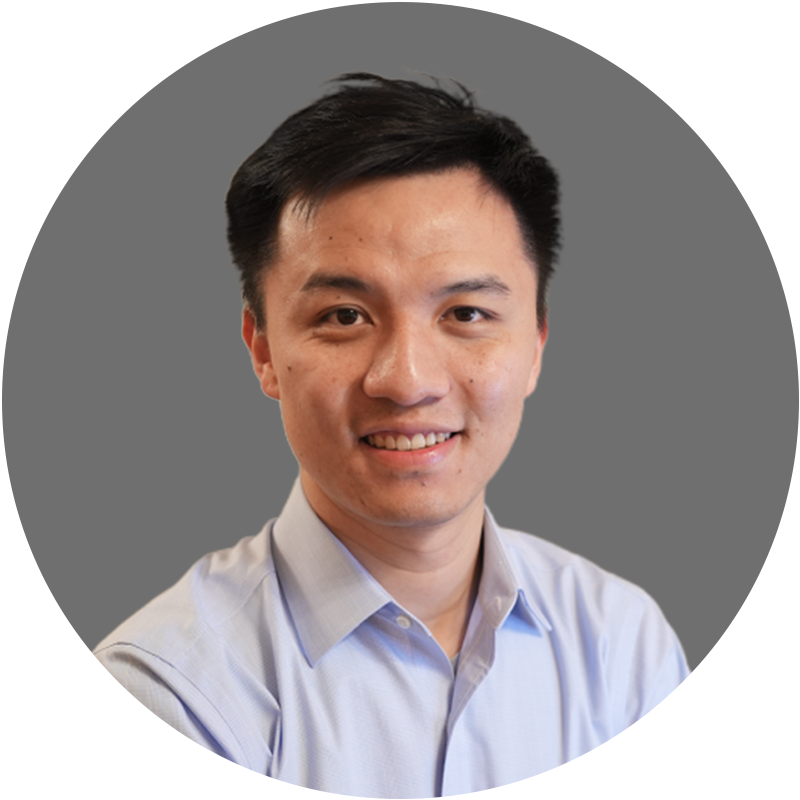Computer & electronics hardware
Chao XIANG
Developing the first single-chip laser soliton microcomb.

Global
Stefanie Mueller
Reprogramming the appearance of objects.

MENA
Zahin Razeen
Mission-Critical Water Security Intelligence Expertise.

Asia Pacific
Steven TOUZARD
This promising approach to quantum computing reduces the necessary overhead by orders of magnitude.

Korea
Jiwon Yune
Providing solutions for the safety of people and the environment.
